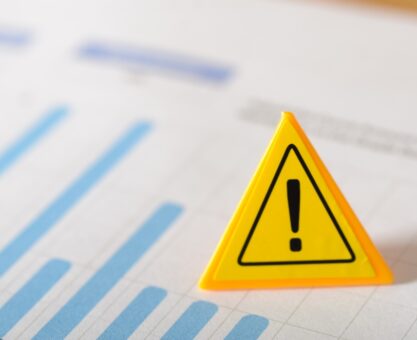Ideally, preparing for retirement should begin the day you’re hired. By contributing enough to get the full 5% from your agency, you are setting yourself on the path for a successful retirement. But as you progress down that path, it’s important to take time to ensure you’re still headed in the right direction. Regularly assess your TSP allocations to see if they align with your risk tolerance and retirement timeframe, and be aware of key age-related benchmarks. Here are some dates to mark on your calendar.
If you’re maxing out your TSP contributions but still feel your balance isn’t as robust as you’d like, you can begin making additional contributions in the year you turn 50. Often known as “catch-up contributions,” they allow you to kick in an extra $7,500 of pre-tax earnings into the TSP. Note, you will not get the agency match on catch-up contributions.
The Rule of 55 allows you to begin taking penalty-free withdrawals from your TSP if you leave work in or after the calendar year you turn 55. Withdrawals are still subject to taxes, and the Rule of 55 does not apply to IRAs or retirement accounts with a previous employer.
Employees who continue working into their 60s get an increase in the amount of “catch-up contributions” they can make to their TSP accounts. If you are turning 60, 61, 62, or 63 in 2025, the limit rises to $11,250. Again, your agency will not match any catch-up contributions.
You are eligible to claim Social Security when you turn 62, but your benefit will be reduced. Also, if you continue to work while claiming Social Security, you will be subject to an earnings test until you reach your normal retirement age, generally age 67. For 2025, the earning limit is $23,400; for every $2 you earn over this amount, your Social Security benefit will be reduced by $1.
Filing at age 62 reduces your Social Security benefit, but if you can delay filing, that benefit continues to grow until you reach age 70, when it maxes out. Waiting to file for Social Security until you reach age 70 will increase your benefit by 8%.
You might find that your FERS annuity and Social Security cover your expenses in retirement, so you don’t need to tap into your TSP fund. But, if your fund is a traditional TSP or if you rolled your TSP into a traditional IRA, the IRS requires you to begin taking Required Minimum Distributions (RMDs) by April 1st of the year after you turn 73. The required amount is calculated using your TSP balance and the IRS Life Expectancy Tables.
Many components go into crafting a successful retirement plan, and that’s where a Federal Retirement Consultant (FRC®) can help. Schedule a free consultation and speak with someone who understands your unique federal benefits.


























